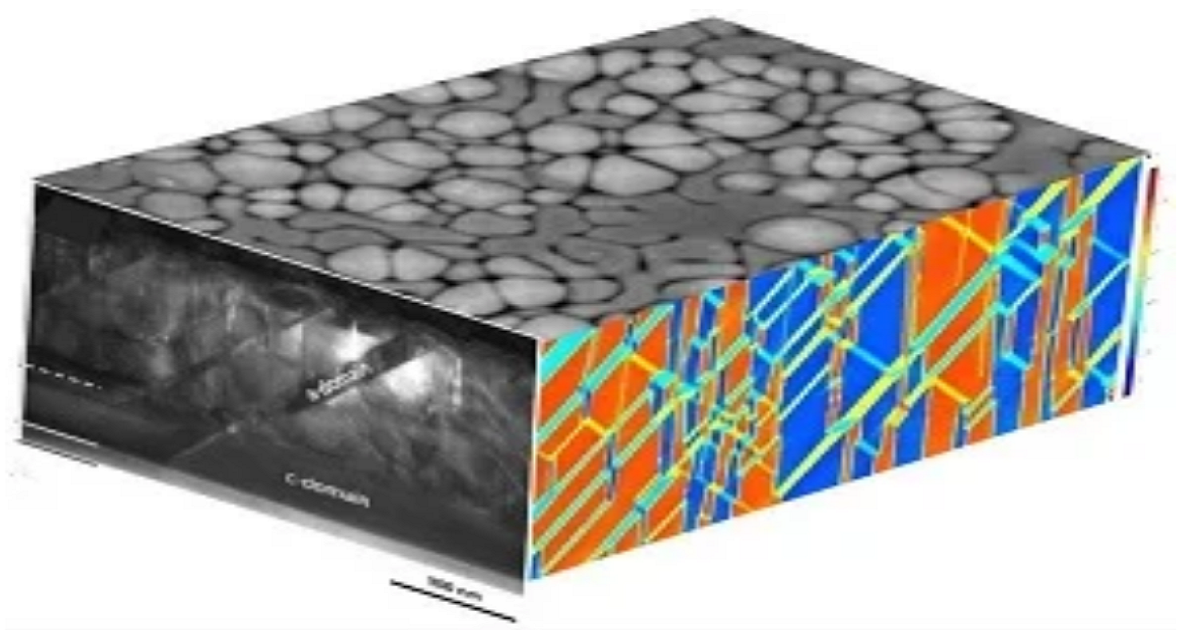Advances in Ferroelectric Materials and Devices
A special issue of Materials (ISSN 1996-1944). This special issue belongs to the section "Materials Physics".
Deadline for manuscript submissions: closed (10 September 2023) | Viewed by 1610

Special Issue Editors
Interests: ferroelectric; piezoelectric; thin films; crystal growth; ultrasonic transducers; SAW device; sensors
Interests: piezoelectric composites for sensors and transducers; dielectric composites for energy storage; conducting composites for multifunctional applications; flexible/stretchable electronics
Special Issues, Collections and Topics in MDPI journals
Special Issue Information
Dear Colleagues,
The ferroelectric phenomenon was discovered in Rochelle salt in 1921 by J. Valasek, who demonstrated that ‘permanent polarization is the natural state’ and published the first hysteresis loop of a ferroelectric material. The story of the discovery of ferroelectricity in barium titanate (BaTiO3) ceramic materials is fascinating, and started in the early 1940s under the shadow of World War II. In the mid-1940s, near the end of the war, publications began to appear in the open literature, advancing a significant number of industrial and commercial applications that can be directly credited to this most unusual phenomenon. In the 1950s, the lead zirconate titanate ceramic (Pb(Zr1-xTix)O3, PZT) was discovered and became the heart of the widest range of piezoelectric applications, such as ultrasonic transducers, medical diagnostic transducers, gas ignitors, ultrasonic motors, thin-film capacitors, and ferroelectric memories, in multiple industrial sectors, including automotive, aerospace, consumer electronics, medical imaging, and information technology.
Currently, special attention is being paid to enhancing ferroelectric properties by structural modifications performed using special methods, such as domain engineering, rare earth doping, manipulations at the nanoscale, improvement of compositions, ceramic texture, etc.
We invite researchers to submit original research or review papers that discuss the recent developments in ferroelectric materials.
This Special Issue is open to the characterization of ferroelectric ceramics for the development of applications. The wide range of topics selected for this Special Issue includes, but is not limited to: relaxor-PT ferroelectric ceramics, lead-free ferroelectrics, organic ferroelectrics, ferroelectric material design, 2D ferroelectric, emerging ferroelectric applications, ferroelectric transistors, pyroelectric detectors, SAW devices, MEMS sensors.
Prof. Dr. Dabin Lin
Dr. Lin Zhang
Guest Editors
Manuscript Submission Information
Manuscripts should be submitted online at www.mdpi.com by registering and logging in to this website. Once you are registered, click here to go to the submission form. Manuscripts can be submitted until the deadline. All submissions that pass pre-check are peer-reviewed. Accepted papers will be published continuously in the journal (as soon as accepted) and will be listed together on the special issue website. Research articles, review articles as well as short communications are invited. For planned papers, a title and short abstract (about 100 words) can be sent to the Editorial Office for announcement on this website.
Submitted manuscripts should not have been published previously, nor be under consideration for publication elsewhere (except conference proceedings papers). All manuscripts are thoroughly refereed through a single-blind peer-review process. A guide for authors and other relevant information for submission of manuscripts is available on the Instructions for Authors page. Materials is an international peer-reviewed open access semimonthly journal published by MDPI.
Please visit the Instructions for Authors page before submitting a manuscript. The Article Processing Charge (APC) for publication in this open access journal is 2600 CHF (Swiss Francs). Submitted papers should be well formatted and use good English. Authors may use MDPI's English editing service prior to publication or during author revisions.
Keywords
- Relaxor-PT ferroelectric ceramics
- lead-free ferroelectrics
- organic ferroelectrics
- ferroelectric material design
- emerging ferroelectric applications
- pyroelectric detectors
- SAW device







